A talk by Jon Ippolito based on
At the Edge of Art, presented at "Preserving Your Digital Assets," American Association of Museums conference, Boston, April 29, 2006.
Can Museums Evolve As Fast As Their Assets?
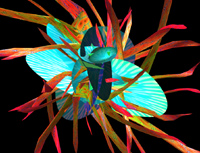
ABOVE: Karl Sims' Galapagos.
New-media artists who want their works to persevere have two diametrically opposed choices: to cast their work in traditional genres like ink or bronze, or to trust code to survive by means of its executability.

This talk examines an emerging field in which the contrast between these two alternatives is greatest: so-called artificial life, the creation with a computer of organisms that exhibit lifelike behavior and parallel experiments with animate 'wetware.'
Now, it's not at all obvious how to preserve art whose medium is self-replicating computer programs or E. coli. But these slippery media serve as a litmus test for two critical questions: whether static or dynamic forms of preservation are most likely to safeguard the future of art; and whether museums are up to the challenge.
ABOVE: Karl Sims' Galapagos.
This talk draws on these resources:
At the Edge of Art
Joline Blais and Jon Ippolito, At the Edge of Art (London: Thames & Hudson, 2006).
http://at-the-edge-of-art.com
This unusual text focuses on investigations of art like activities found in science, design, politics, commerce, hypertext, and online community, The Edge of Art probes the factors that make the uniqueness of art so precarious at this particular moment. To come to terms with this volatility, the authors believe that our definition of art must accommodate examples of art like creativity spawned in disciplines with no direct relationship to art history or the art market. Traditional sites of artistic production and distribution like studios, galleries, and concert halls have lost exclusive claim on nourishing or presenting art, while art may increasingly be defined not by context but by the type of experience it offers the viewer. Genres examined include code art, autobotography, hacktivist art, community art, map art, and artificial life art.
Variable Media Network
This consortium of museums, archives, and other cultural heritage organizations is dedicated to researching and promoting new preservation paradigms.
Web site:
http://variablemedia.net
Publication:
Alain Depocas et al., editors, Permanence Through Change: The Variable Media Approach (New York: Guggenheim Museum/Langlois Foundation, 2003). Free download from http://variablemedia.net/e/preserving/html/var_pub_index.html.
Human history has seen two strategies for preserving culture. In the first, artists have emulated inanimate objects by chiseling stone and casting bronze--media that survive through durability. In the second, artists have emulated animate objects by composing songs and telling stories--media that survive through performance. The former media are static, built to last, secured in cold storage for safekeeping. The latter are dynamic, built to adapt, transferred from generation to generation like the genes of an evolving species.
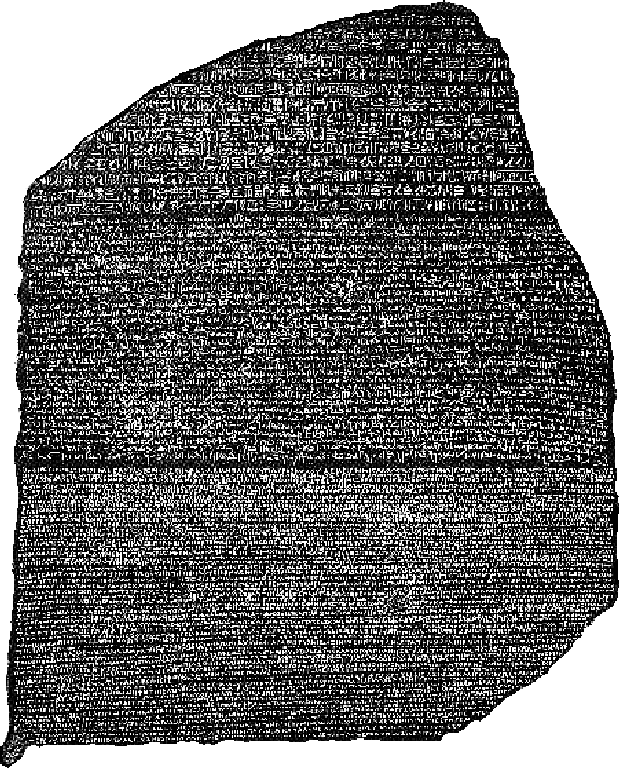
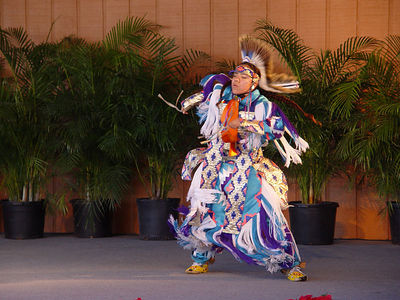
From the clay tablets of 3000 BC up until the arrival of the Internet five millennia later, the number of dynamic media stayed roughly the same--dance, song, theater--while that of static media multiplied. Over time, many of the oral media of performed culture have been replaced by storage media of recorded culture: spoken stories have been written down in books, songs have been recorded onto vinyl, theater has been recast as film. Digital media have also generated their own panoply of storage techniques and devices, from diskettes to DAT tapes to DVDs.

Yet in many forms of new-media art, and in artificial life in particular, the work's ephemeral, performative aspect is what is most interesting about it. Because most of them date from a century marked by an explosion in the number of storage media, brick-and-mortar museums--by default still the custodians of art in the early twenty-first century--are ill equipped to safeguard the temporal or contextual aspects of any artwork.
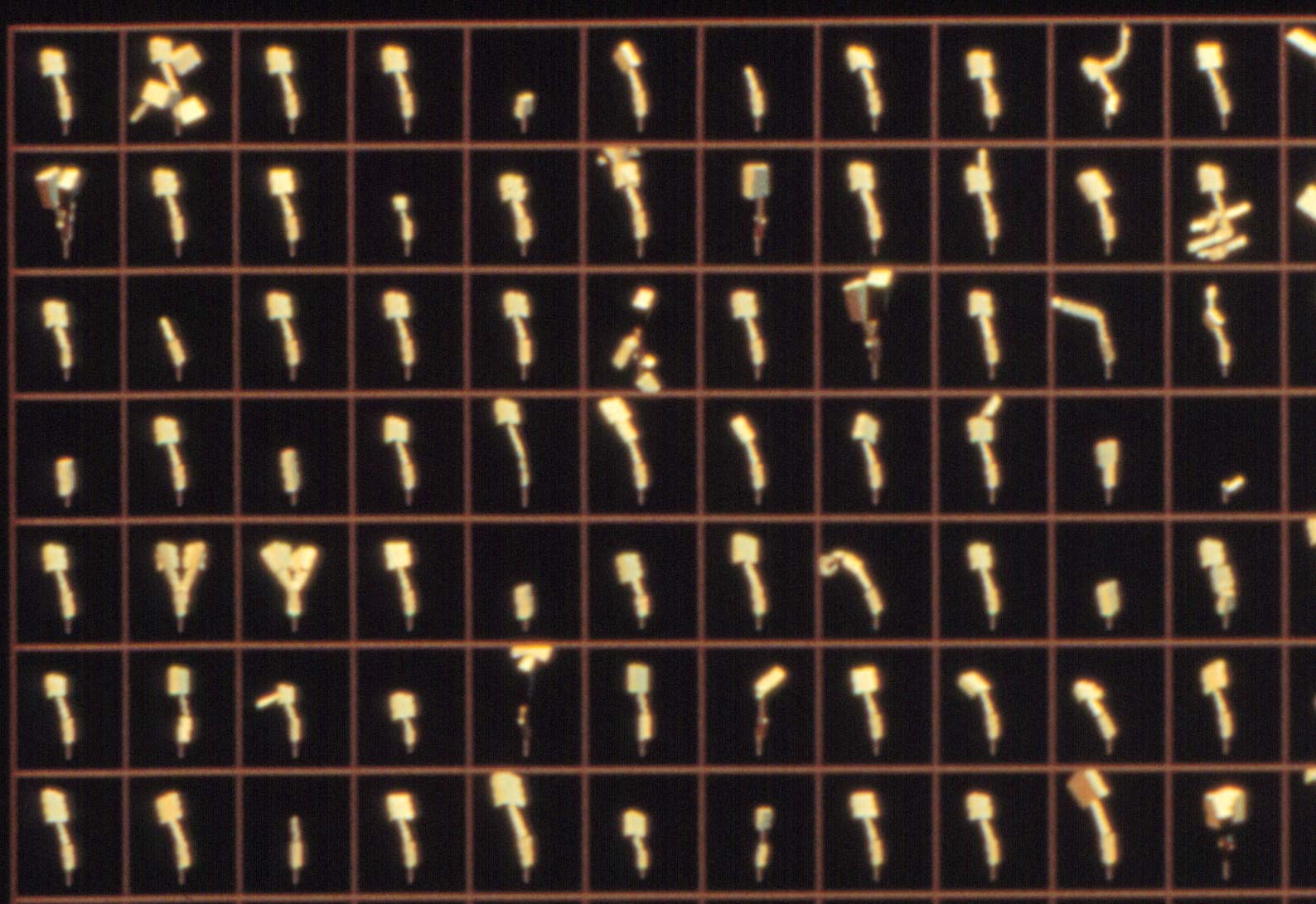
In the hands of the creators profiled in this chapter, genetic processes promote the perseverance of many species of virtual or biological creatures. But only those genetic systems that are themselves designed to persevere dynamically hold out the hope of keeping their creatures alive rather than preserving them as inert output.
ABOVE: Karl Sims' Evolved Virtual Creatures.
Some digital artists are content for museums to collect the by-products of their investigations even if they no longer preserve the executability that attracted those artists to digital media in the first place. For others, the ability to run a work is more important than the ability to save it.

ABOVE: Karl Sims' Galapagos.
Scientists who work in artificial life concentrate on emulating lifelike processes such as genetic mutation. But some artificial life artists deliberately produce fixed products that look like art--iris prints, acrylic paintings, that sort of thing.

Because these artists target them for museums, libraries, and other cultural-heritage systems premised on storage as the canonical preservation strategy, they take pains in their documentation to describe the works in terms curators and conservators will understand. While they gloss over the intricate technicalities of their genetic algorithms, many of these artists' Web sites go into great detail about the type of paper and printing procedures used to create their wall-based imagery, often describing them as 'archival', 'colorfast', and 'museum-quality'. These adjectives are not applied to the aesthetic quality of the images but to their durability as unchanging artifacts. Given that these same artists often extol genetic algorithms for their variability and serendipity, it is ironic how much attention they give to ensuring the end-product doesn't vary--a bit like breeding a butterfly for flight only to pin it to the wall.
ABOVE: William Latham's Mutator.
Of course, digital media don't need to stand still. Unlike pen plotters and Iris printers, interactive installations provide a mechanism for artificial life to remain dynamic rather than static. The recent shift by Latham, Nechvatal, and Galanter to interactive works seems to reflect the realization that, as Galanter puts it, generative art should move 'from nouns to verbs'.16 But for viewers to grasp adaptive art requires it not merely to move, but to adapt. And in order for a system to be adaptive, it must respond to its environment--which in the case of an interactive installation means putting the viewer in the driver's seat.

Installations by artist Karl Sims, for example, allow viewers to control the evolution of a virtual species in real-time by standing on weight-sensitive mats next to images of the creatures whose genes they want to propagate in the next generation.
ABOVE: Karl Sims' Evolved Virtual Creatures.
The final category of artificial life we'll examine is too performative or experiential to be summed up in a single format. Often emerging from a scientist's lab rather than an artist's studio, this most dynamic of research generates no static objects, interactive installations, or even unique software releases.




Tom Ray's Tierra was originally produced for purposes of scientific research, and it maintains most of the dynamic perseverance expected of this paradigm. Unlike Sims' Virtual Creatures, Tierra has no default visual rendering or interface. In fact, one of its distinguishing features is its independence from human intervention or experience. Even Sims's creature-centric genetic algorithms depend on a fitness function to select the strongest behaviors from each generation. Ray, in contrast, insists that Tierra has no fitness function. Its genetic diversity emerges solely from the basic conditions of life anywhere: competition for territory (disk space) and energy (CPU cycles).
ABOVE: Tom Ray's Tierra.
Tierra can operate in many electronic contexts--on a single hard drive, over a computer network, in an emulator that simulates one computer within another. One of the only habitats in which its scrappy little bugs have had trouble getting a foothold is the brick-and-mortar art world.
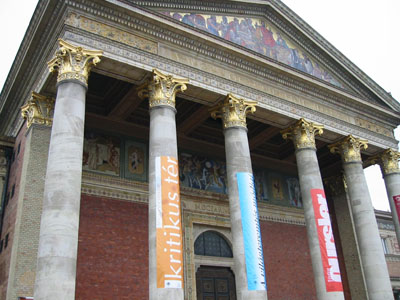
At first it may seem that Tierra represents one of the hardest genres of artificial life to preserve, since it depends on computer hard drives and networks, which we know to be notoriously prone to obsolescence. Yet Tierra's denizens are designed to evolve. Their survival depends less on finding stable forms to stand the test of time than on maximizing their adaptability so they can change as their electronic environment changes.

ABOVE: A network visualization of Tom Ray's Tierra.

Of course, the de facto custodians of culture--museum conservators--are poorly equipped for maximizing an artwork's adaptability, since they usually see their job as keeping it as static as possible. There is no way, however, that this paradigm will work for the rich panoply of artistic media born of the digital and Internet revolutions; storing a Tierra colony as a data file on Windows-formatted CD-ROM would only forestall its demise. For within five years the software to read the data would become obsolete, within ten the CD would have delaminated, within fifteen it might become impossible to find a CD-ROM drive, and within twenty Windows would be dead media.9 For digital culture, storage equals death.
ABOVE: Remember the floppy?
For media of the Internet age, the only alternative to storing fragments that point to a foregone experience is to accept the necessity of remaking that experience even if the experience changes in the process. If we are unwilling to accept a paradigm shift from fixed to variable media,10 only those works with a static end product will survive. Some plotter drawings, Iris prints, and a handful of text explanations--what a meager memory the storage paradigm would leave of this fecund moment in art history. A printout of a Tierra rendering hung out of context on a museum wall would no longer be represent artificial life, but artificial death.

ABOVE: The Variable Media Questionnaire.
Of course, artificial life isn't the only form of artistic research imperiled by static perseverance. Performance and conceptual art, Web sites, interactive installations, even videotapes and photographs--put any of it in a crate and you might as well put it in a coffin. Nevertheless, it's possible that storage-resistant artforms like artificial life could have the last laugh when it comes to perseverance. Life itself offers an especially adaptable model of preservation; if so, then genetic artists like Joe Davis are one of the first beneficiaries of evolutionary longevity. In 1990, Davis inserted an encoded image into the DNA of live E. coli, a microorganism he chose for its ability to survive the radiation and cold of outer space. Left in its beakers to replicate, these microscopic Monets multiplied into the billions, making Davis likely to be the most prolific artist of all time. 'I'm probably the most successful publisher in history,' he told Scientific American. 'There are more copies of my work than of Salvador Dali's, Escher's and all the rest of them put together.'

Never mind that no American museum has figured out how to preserve genetically modified bacteria. Davis's work may well outlast pen-plotter drawings, Iris prints, even the very bricks of the museum itself.
ABOVE: Joe Davis's Microvenus.














 Of course, the de facto custodians of culture--museum conservators--are poorly equipped for maximizing an artwork's adaptability, since they usually see their job as keeping it as static as possible. There is no way, however, that this paradigm will work for the rich panoply of artistic media born of the digital and Internet revolutions; storing a Tierra colony as a data file on Windows-formatted CD-ROM would only forestall its demise. For within five years the software to read the data would become obsolete, within ten the CD would have delaminated, within fifteen it might become impossible to find a CD-ROM drive, and within twenty Windows would be dead media.9 For digital culture, storage equals death.
Of course, the de facto custodians of culture--museum conservators--are poorly equipped for maximizing an artwork's adaptability, since they usually see their job as keeping it as static as possible. There is no way, however, that this paradigm will work for the rich panoply of artistic media born of the digital and Internet revolutions; storing a Tierra colony as a data file on Windows-formatted CD-ROM would only forestall its demise. For within five years the software to read the data would become obsolete, within ten the CD would have delaminated, within fifteen it might become impossible to find a CD-ROM drive, and within twenty Windows would be dead media.9 For digital culture, storage equals death.

